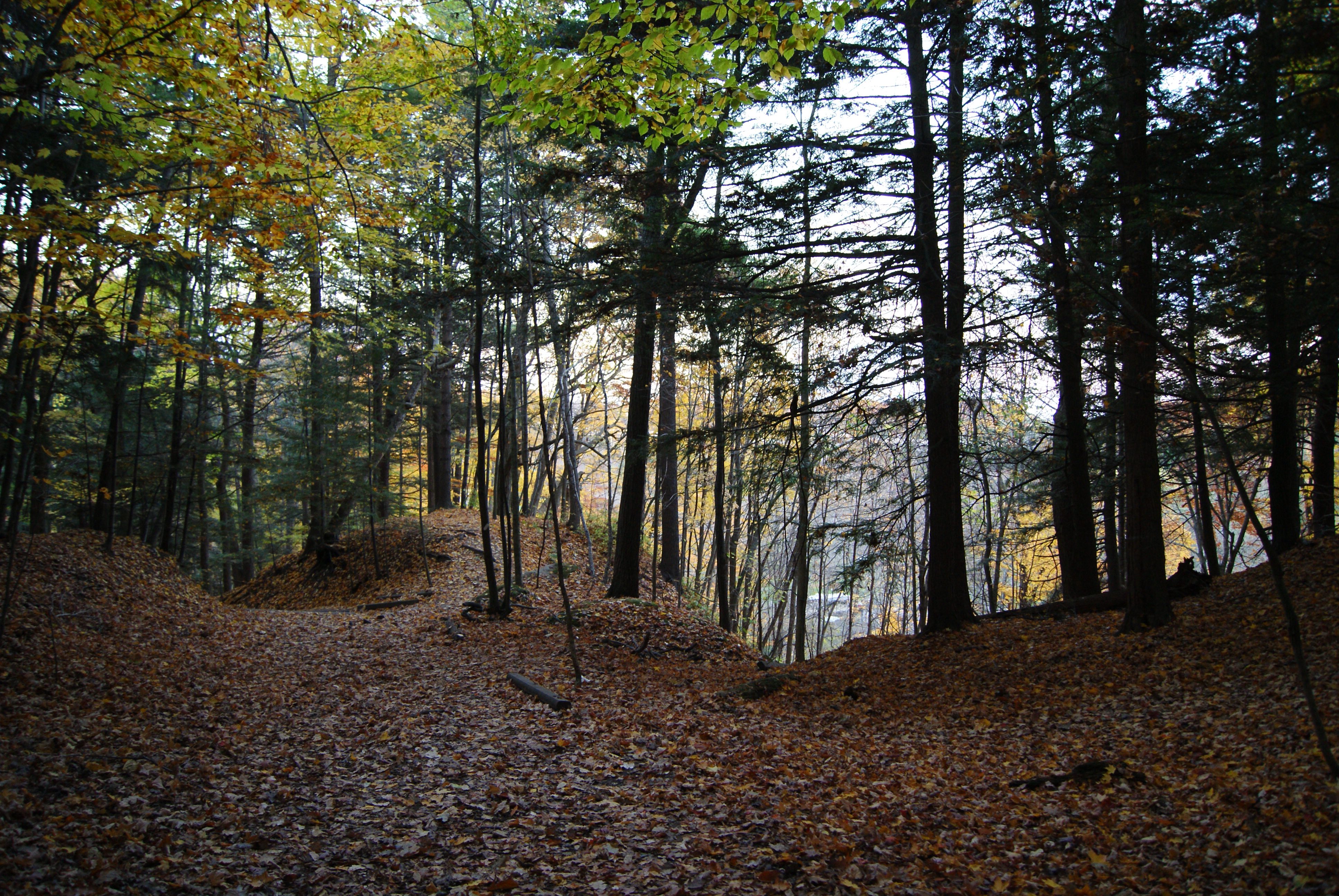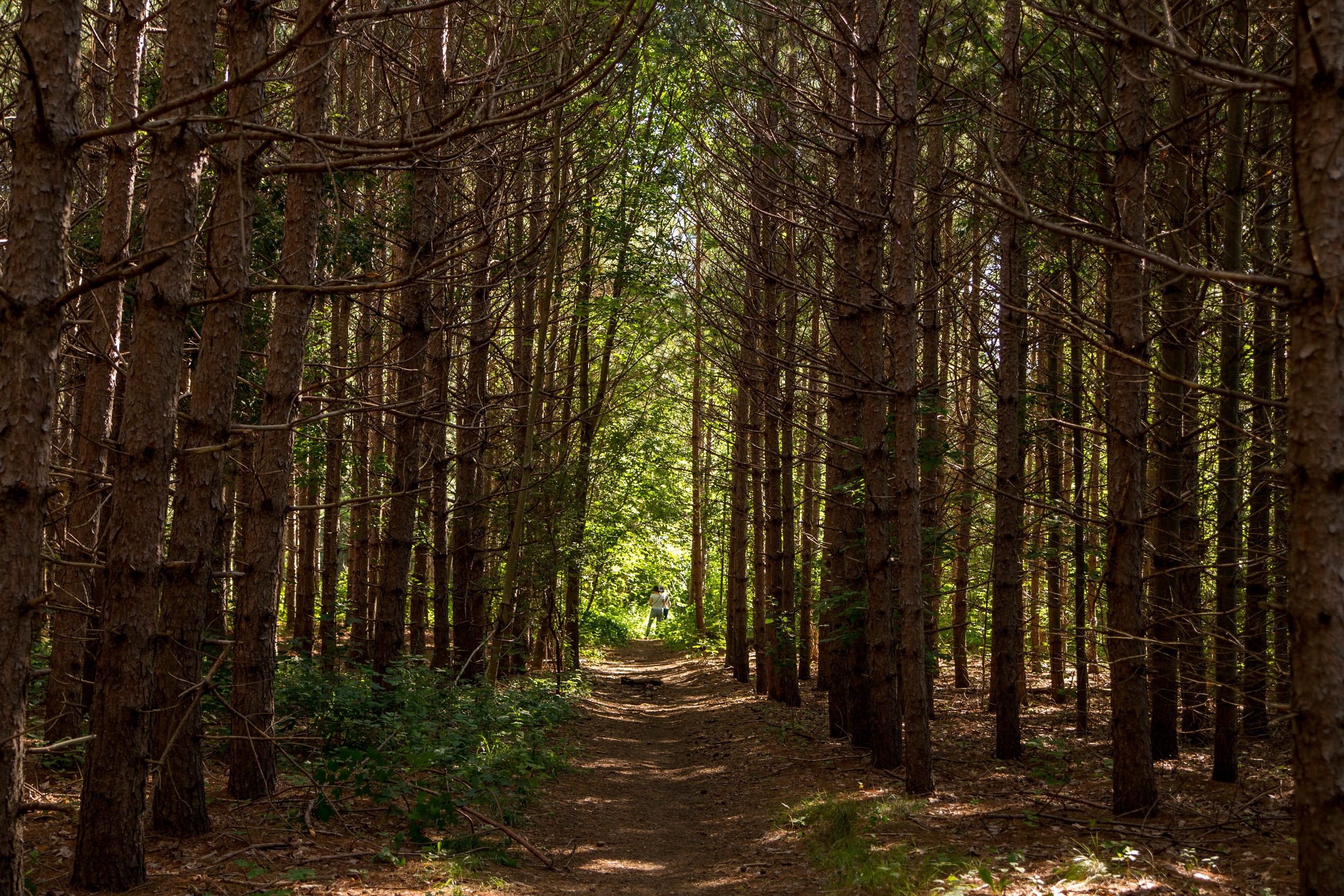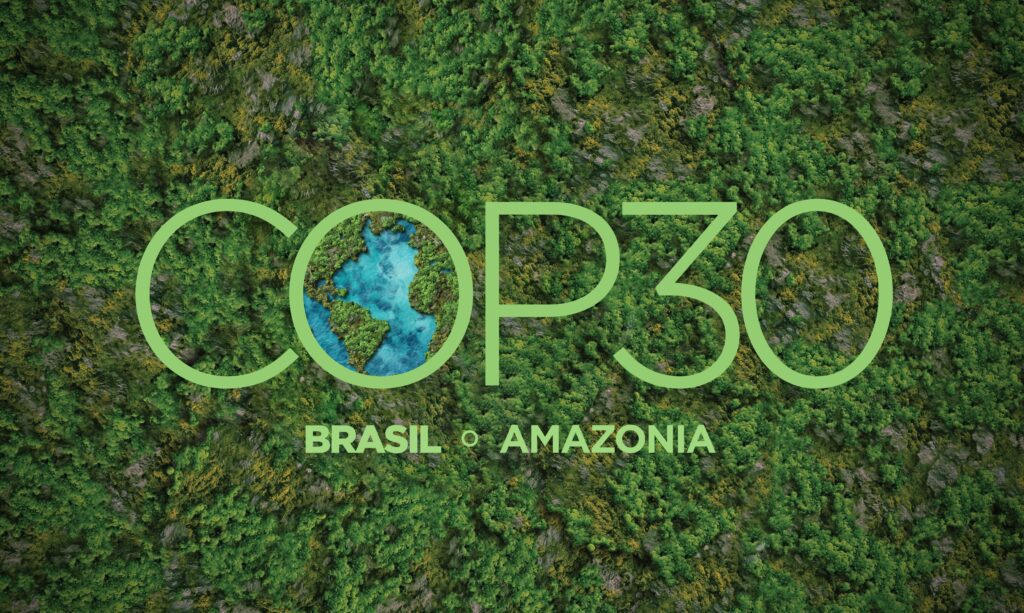Global warming is already impacting ecosystems, economies and communities around the world. Here in Canada, we’ve seen extreme weather lead to flooding and drought, damaged housing and public infrastructure, and creating conditions that spur massive forest fires and insect outbreaks.
Ontario has developed a five-year Climate Change Action Plan, which will help the province fight climate change. As part of reducing Ontario’s greenhouse gas emissions, a cap-and-trade system is now in place. The “cap” sets a limit on emissions, which will be lowered over time to reduce the amount of carbon pollution released into the atmosphere. Some companies will find it easy to reduce their pollution to match these limits; others will have more difficulty. Trading lets companies buy and sell permits to pollute, leading to more cost-effective pollution cuts, and incentive to invest in cleaner technology.
A key emerging debate that connects the forests of northern Ontario to corporate headquarters in Toronto, Montreal, and beyond, centres on the inclusion of forests in the cap-and-trade system.

At the heart of the matter is whether or not forests act, or will act, as carbon sinks or sources. Trees absorb carbon dioxide – a significant greenhouse gas (GHG) – from the atmosphere through photosynthesis and store it in their roots, branches, leaves and trunks. A carbon sink absorbs more carbon than it gives off, while a carbon source emits more than it absorbs.
For decades, Canada’s forests have acted as a carbon sink, but these carbon stocks are threatened by human-caused climate change. Increases in temperatures and disturbance rates, such as fire, could result in forests becoming a large net carbon source during the remainder of this century.
In Ontario’s new cap-and-trade system, forest carbon offsets will be considered for trade with carbon polluters unable to achieve their GHG pollution limit. A forest carbon offset is a metric ton of carbon dioxide equivalent that will be stored or avoided and can be used to compensate for GHG emissions elsewhere. These may include protecting existing carbon sinks (for example, protected areas or peatlands), increasing the sequestration of carbon (for example, planting and growing trees), or locking in carbon in long-lived wood products (for example, in houses or larger buildings).

Forest-related projects may have market opportunities for trade in carbon markets, but several issues must first be addressed. Forest-related projects must store carbon in amounts that are greater than business as usual. For example, if replanting a forest that has been cut is already required under current provincial laws, it can’t be used as an offset.
Current measurement and monitoring procedures can also be costly. Forest-related projects have challenges related to the permanent reduction of GHGs, because sooner or later the forest will be logged, burned or wood fiber destroyed. Estimates of how much harvested wood fiber remains stored out of the atmosphere (in long-lived wood products, or stored in landfills) varies significantly (between 15-60 per cent). The rest is burned or decomposes. The risk of potentially losing the carbon store creates a financial liability for anyone who has been paid to grow the trees and sequester the carbon. And there are important questions as to who owns the right to sell the carbon value. Is it the public, the company harvesting the trees, or the consumer?
A single forest stand in the Boreal Forest can either be in a phase of rapidly taking carbon from the atmosphere or storing the carbon it has previously accumulated, but not both, as these stages of forest development occur at different times. Forests across Ontario’s north differ significantly in terms fire risk and carbon storage, and their inclusion in a forest carbon market would need to reflect that. A nuanced approach that carefully considers these factors is needed.
Forest carbon has the potential for inclusion in a cap-and-trade system, but important questions need to be answered, values debated and new policies created. The storage must be in addition to business as usual, prevent leakage, ensure permanence, and protect the public from carrying liability should the credit fail. Rules around forest offsets must also protect biodiversity, including species at risk, and respect the interests and rights of First Nations. These are no small tasks. Forest offsets should be lower on the list of priorities for companies and governments looking to ensure that cap-and-trade works properly.








